Table of Contents
Author/ shadab Date – 7/3/2025
what is AI?
Let’s break down what AI or Artificial Intelligence really is. You’ve probably heard about it everywhere, but what does it actually mean?
Simply put, AI is when machines — like your phone or computer — are programmed to do things that usually need human brainpower. That means they can learn stuff, solve problems, and even make decisions. It’s not some future tech anymore; it’s already part of our everyday lives. Like when your phone answers your questions or Netflix recommends a show — that’s AI in action.
These machines don’t have emotions or real thoughts (at least not yet thank goodness), but they can be trained to get better at tasks over time, kind of like how we learn from trial and error.
Some people think AI is amazing, while others are a bit nervous about it and honestly, both views are understandable. AI is changing how we live, work, and interact with the world. But at the end of the day, it’s just a tool. What really counts is how we choose to use it.
So yeah, that’s AI. Not as spooky as it sounds… or maybe just a little, depending on the day.
How Does AI Actually Work?
So, we’ve all heard about AI it’s in our phones, our apps, even our homes. But how does it actually work behind the scenes?
At its core, AI is software not a physical thing you can see or hold. It usually lives inside powerful computers, either built into your device or hosted somewhere online, often referred to as “the cloud.” That just means the AI is running on remote servers (giant computers) and sending results back to you in real time.
The way it works is pretty fascinating. AI systems learn by studying huge amounts of data. They look for patterns, figure out how things are connected, and use that knowledge to make decisions, predictions, or suggestions. This process is known as machine learning.
Many advanced AIs use something called neural networks, which are loosely inspired by the human brain. These help the system process information in layers, allowing it to understand more complex tasks — like recognizing voices, predicting text, or even creating images and music.
It’s not magic — it’s math, code, and data working together. AI doesn’t think or feel, but it’s getting better at solving problems that used to need a human touch.
Where Did AI Come From? A Quick Look at Its Origins
AI might feel like a very modern invention, but the idea has been around for a long time — way before smartphones and smart assistants ever existed.
The concept of intelligent machines first showed up in science fiction, but the real groundwork for AI began in the 1950s. A British mathematician named Alan Turing played a major role in this. He asked a now-famous question: “Can machines think?” His ideas laid the foundation for what we now call artificial intelligence.

I propose to consider the question, can machines think
Alan Turing
In 1956, the term “Artificial Intelligence” was officially introduced at a conference at Dartmouth College. A group of researchers, including John McCarthy (who’s often called the “father of AI”), came together to explore how machines could be made to simulate human intelligence. That meeting is considered the official birth of AI as a field.
Early AI was basic — solving puzzles, playing chess, doing math. But it was a start. Over the decades, as computing power improved, AI slowly evolved. It took a while, but here we are today, asking chatbots questions and letting our phones finish our sentences.
So while AI feels new, its roots run surprisingly deep — built on decades of ideas, dreams, and experiments.
What Are the Different Types of AI?
Not all AI is created equal. In fact, there are different types of artificial intelligence, and they vary a lot in how smart or capable they are.
1.Narrow AI
The first and most common type is Narrow AI. This is the kind of AI we use every day — the ones that do specific tasks really well. Think of voice assistants, spam filters, or recommendation systems on Netflix. They’re good at one thing, but they can’t do anything outside of that. every AI we see today, including ChatGPT, Siri, Alexa, self-driving cars, chatbots, and even AI-powered robots, all fall under the category of Narrow AI.
2.General AI
Next, we have General AI — which is still a concept, not something that actually exists yet. This type would be able to think, learn, and make decisions across many areas, just like a human. It could solve problems, hold conversations, maybe even feel emotions someday. We’re not there yet, but researchers are working toward it.
3.Superintelligent AI
Then there’s Superintelligent AI, which is even further down the road. This would be an AI that’s way smarter than humans in almost every way. Sounds like science fiction — and for now, it is.
So while most of today’s AI is “narrow,” the field is growing fast. And who knows? What feels futuristic today might just be normal tomorrow.
Everyday Uses of AI in 2025
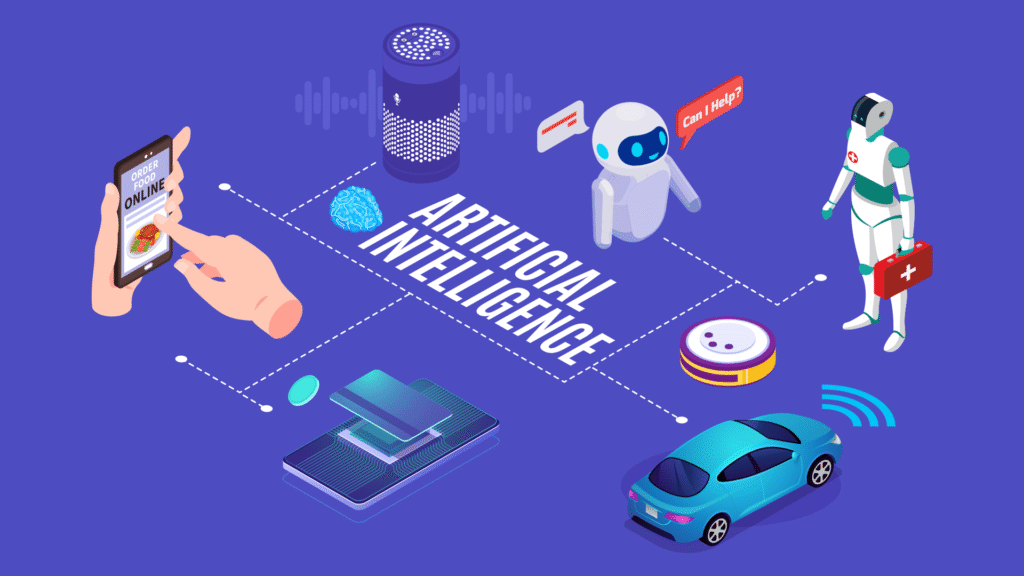
AI isn’t some far-off future idea anymore — it’s already baked into our daily routines, and in 2025, it’s more present than ever.
You wake up, check your phone, and your voice assistant reads you the weather, your schedule, and maybe even reminds you to drink water. That’s AI. You scroll through social media, and the content that grabs your attention? Yep — chosen by AI. Even your phone’s camera uses AI to make your selfies look better (sometimes too good).
When you shop online, AI suggests things you didn’t even know you wanted spooky accurate, but kind of helpful too. Food delivery apps use it to predict wait times, while navigation apps use real-time AI to route you around traffic.
At work, AI helps organize emails, transcribe meetings, and even summarize long reports. Students use AI tools to study smarter. And in healthcare, AI assists doctors in spotting issues in scans faster and more accurately than ever before.
It’s not flashy most of the time in fact, it blends right in. But once you notice it, you’ll realize AI isn’t just around you it’s woven into how we live now.
How Is AI Affecting Jobs and Education?
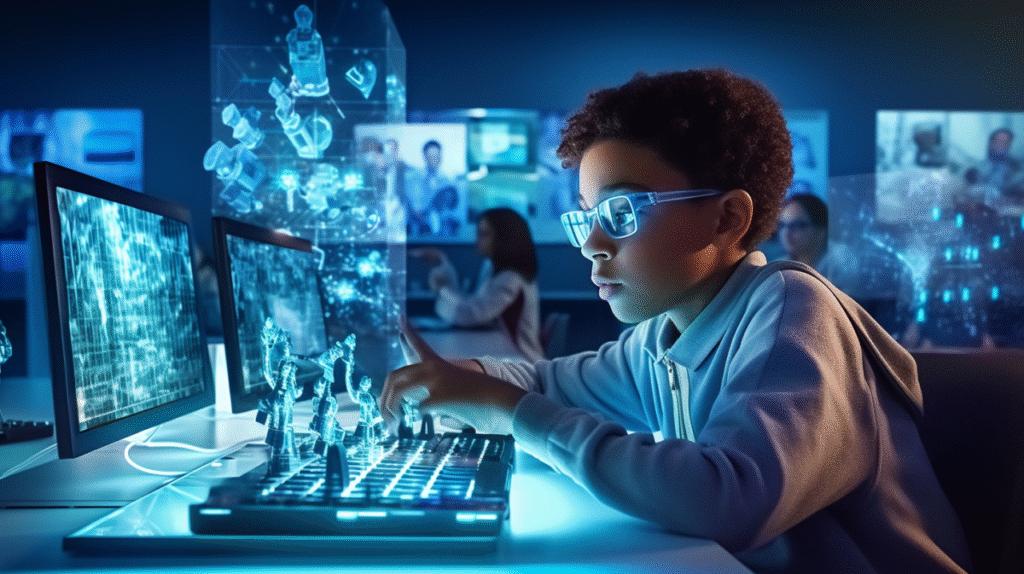
AI is changing the way we work and learn and honestly, depending on who you ask, that’s either really exciting… or a little scary.
Let’s start with jobs. AI is already automating boring, repetitive tasks like data entry, scheduling, sorting emails which actually frees people up to focus on more creative or complex work. But at the same time, some roles are slowly being replaced altogether, especially in areas like customer support, basic tech troubleshooting, and even content writing. That’s making some workers nervous and it’s a valid concern. The job market isn’t disappearing, but it is shifting. New roles are popping up too like AI trainers, prompt engineers, and data ethicists.
In education, AI is making learning more personalized. Students can now get real time feedback, language translation, or even tutoring from AI tools. Teachers use it to plan lessons or identify students who need extra help. But there’s also the challenge of students over relying on AI for homework or cheating.
So yeah, AI’s not replacing everything but it is forcing us to rethink how we prepare for the future, both at school and at work.
The Risks and Concerns of AI
AI has come a long way, and while it’s helping in so many areas, it’s not all good news. Like any powerful tool, it brings some risks and people are right to be asking questions. Here are some of the main concerns:
Job Loss:
As AI gets better at doing repetitive or simple tasks, some jobs may be replaced. That’s especially true in customer service, basic writing, or factory work.
Privacy Issues:
AI systems often collect and use large amounts of data sometimes without people fully realizing it. That raises concerns about how personal info is stored, shared, or even sold.
Bias and Fairness:
If the data used to train AI is biased, the AI can also make unfair decisions like favoring one group of people over another in hiring or policing.
Over-Reliance:
There’s a growing habit of letting AI do all the thinking from writing emails to doing homework. That’s helpful… but also risky if we forget how to think for ourselves.
Misinformation:
AI can be used to create fake news, deepfakes, or misleading content that spreads fast online like the googles deepmind created new AI (Veo)
AI is powerful but with power comes responsibility.
What Is the Future of AI?
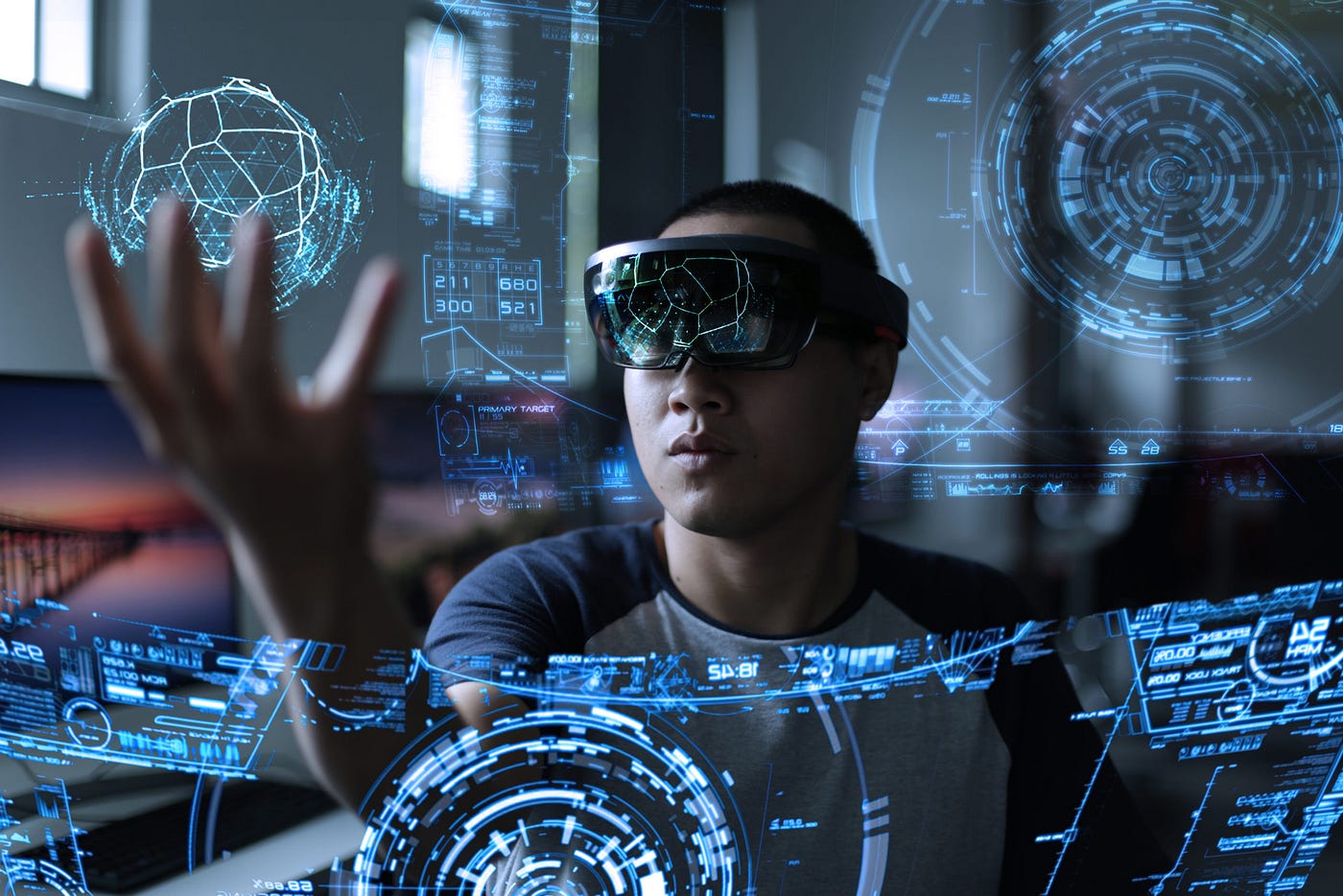
The future of AI isn’t just about smarter machines it’s about how deeply it will be woven into our everyday lives. We’re talking about AI that doesn’t just follow commands but actually understands context better, reacts more naturally, and supports us in more meaningful ways.
In the next few years, we’ll likely see AI becoming even more personalized. Imagine tools that truly get how you think and work helping you plan your day, write faster, learn quicker, or make better decisions without needing to ask every time.
In healthcare, AI could assist doctors in ways we’ve only seen in movies catching diseases early, offering treatment suggestions, or monitoring patient health in real time. In education, it might support every student based on their unique pace and style.
But it’s not just about tech. The future of AI also depends on how we use it making sure it’s ethical, safe, and fair. People are already pushing for stronger rules, more transparency, and better control.
So yeah, the future of AI is full of potential but it’s up to us to guide it in the right direction.
AI Myths vs. Reality: What’s True and What’s Not?
AI is everywhere these days, and with all the hype comes a lot of confusion. Let’s clear the air — here are some common myths about AI, and the reality behind them:
Myth: AI will replace all human jobs.
Reality: AI might replace some tasks, especially repetitive ones, but it’s also creating new jobs. Most roles will evolve, not disappear.
Myth: AI can think and feel like humans.
Reality: AI doesn’t have emotions, consciousness, or real understanding. It follows patterns in data nothing more.
Myth: AI is 100% accurate.
Reality: AI makes mistakes. If it’s trained on bad or biased data, it can give wrong or unfair results.
Myth: Only big companies can use AI.
Reality: Many free or low cost AI tools are available to individuals, students, and small businesses.
Myth: AI will take over the world.
Reality: Sounds dramatic, but right now AI is just a tool. How it’s used depends entirely on people not robots.
AI is powerful, yes. But it’s not magic and definitely not a replacement for human judgment.
Top 10 AIs in 2025
1. Chatgpt

A powerful AI chatbot that helps with writing, brainstorming, research, and more.
Free plan available, paid version for advanced features.
2. GrammarlyGO

An AI writing assistant that rewrites, improves tone, and helps you sound more natural.
Part of Grammarly Premium (paid).
3. Notion AI

Built into Notion, this tool helps with note-taking, summarizing, and task management.
Paid add-on to a Notion account.
4. Runway ML

A creative tool for video editing, image generation, and visual effects.
Free credits available, full access is paid.
5. Jasper AI

Designed for marketers and writers, great for blogs, ads, and emails.
Paid tool, no free version.
6. Descript

Makes video and podcast editing simple, with auto-transcription and voice editing.
Free plan with limited features, paid for full access.
7. Copy.ai
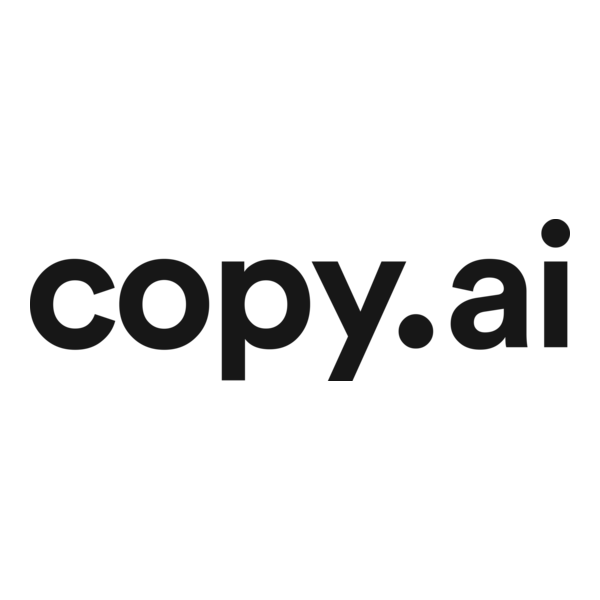
Great for writing product descriptions, ads, and sales copy.
Free plan available with limited use.
8. Midjourney

Turns text into amazing images with an artistic style.
Paid subscription only.
9. Pictory

Converts text or scripts into videos — great for content creators.
Free trial available, then paid.
10. Perplexity AI

An AI-powered search tool that gives direct, cited answers fast.
Free to use, Pro plan offers more features.
Final Thoughts
AI is no longer science fiction — it’s part of our daily lives, shaping the way we work, learn, and connect with the world. But as with any powerful tool, it’s up to us to use it wisely. Whether you’re excited or cautious about what comes next, one thing’s clear: the AI journey is just getting started.
👉 What are your thoughts on AI? Drop a comment below and let’s start a conversation. And if you enjoyed this post, feel free to share it or check out more tech insights here on Tech Zoom!
What is AI in simple words?
AI is when computers and machines learn to think and solve problems like humans, helping them do tasks automatically
Who invented AI?
AI was first developed by scientists like Alan Turing and John McCarthy, who helped create the early ideas in the 1950s
How does AI actually work?
AI works by learning from data, recognizing patterns, and making decisions or predictions based on what it has learned just like how humans learn from experience
What are different types of AI?
There are mainly three types of AI: narrow AI (does one specific task, like Siri), general AI (can think like a human, not created yet), and superintelligence AI (smarter than humans, only theoretical for now)
Is AI good or bad?
AI itself isn’t good or bad it depends on how people use it. It can help solve problems, but if used wrongly, it can cause harm
Will AI replace all the jobs?
No. AI might replace some tasks, especially repetitive ones, but it’s also creating new jobs. Most roles will evolve, not disappear

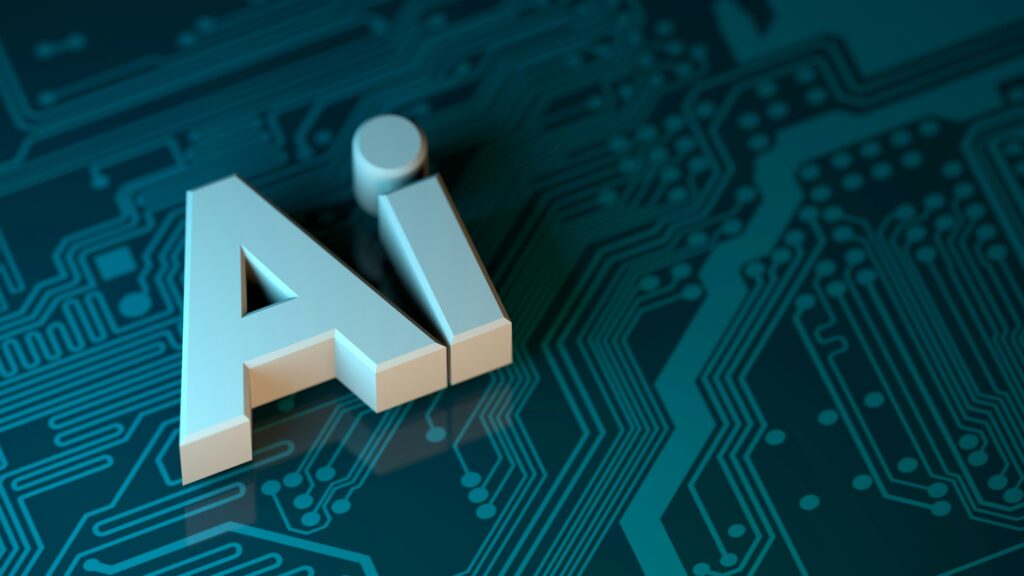
Really enjoyed this post! You explained AI in a way that actually makes sense without overwhelming the reader. which isn’t easy to do. Loved the real-life examples and the honest take on both the benefits and risks. This is the kind of content that helps people feel informed, not intimidated.Overall it was Casual & Friendly, More Technical & Insightful, Short & Punchy
Great work, Shadab!
thank you so much Mustafa glad you liked it this really means a lot